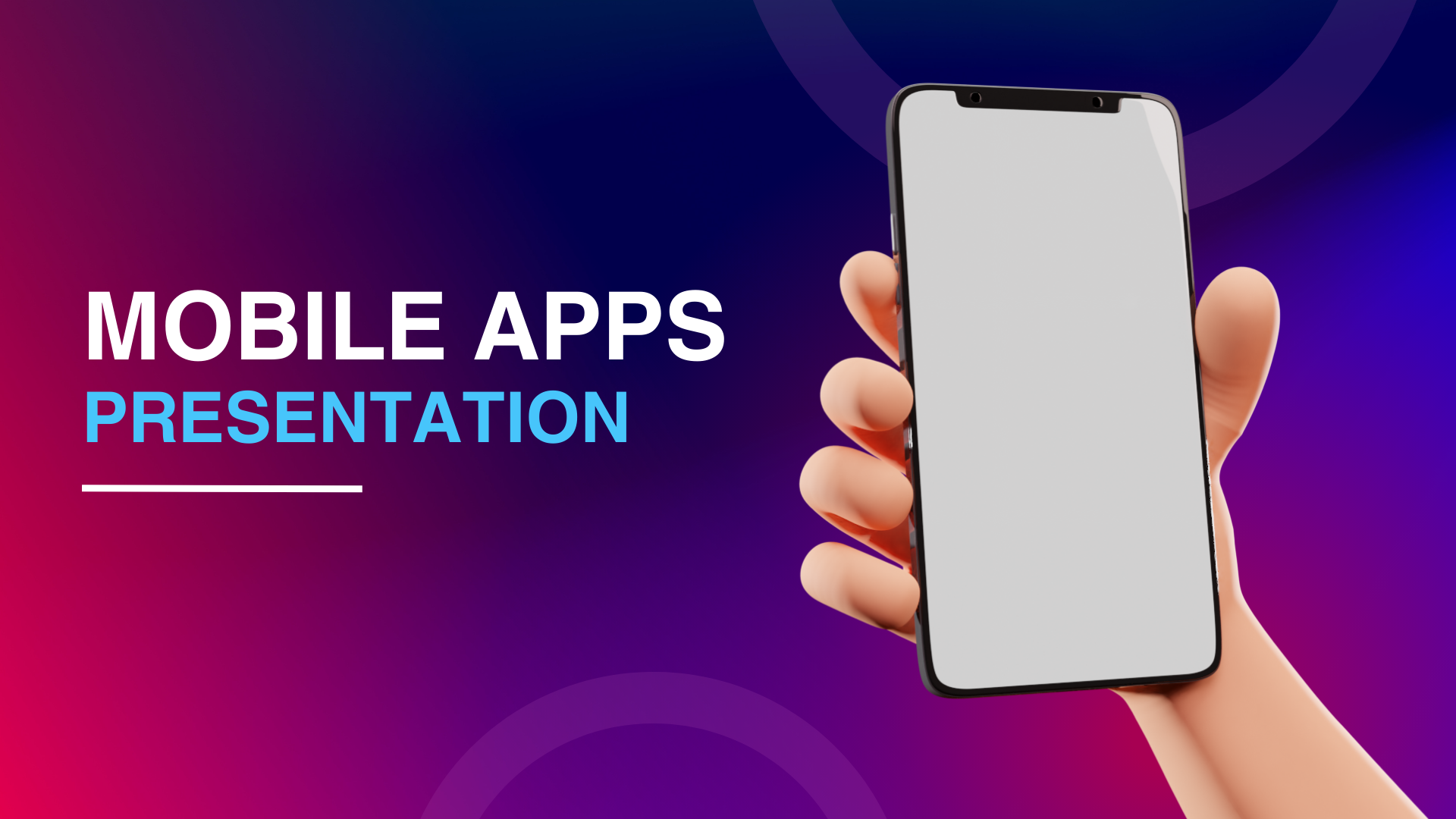Introduction The advent of 5G technology marks a significant milestone in the evolution of mobile connectivity, promising faster speeds, lower latency, and enhanced network capabilities. Sodio Technologies, renowned for its cutting-edge mobile app solutions, recognizes the transformative potential of 5G in revolutionizing app development. This blog explores the profound impact of 5G on mobile app development, highlighting opportunities for innovation, improved performance, and enriched user experiences.
- Enhanced Speed and Low Latency Faster Data Transfer: 5G enables download speeds up to 10 gigabits per second (Gbps), significantly faster than 4G LTE, enhancing app responsiveness and data transfer capabilities. Low Latency: Reduced latency of around 1 millisecond (ms) facilitates real-time interactions, critical for gaming, AR/VR applications, and live streaming. Impact on App Performance: Mobile apps leveraging 5G experience seamless performance with quick loading times, smoother video streaming, and enhanced responsiveness, driving user satisfaction and engagement.
- Support for Advanced Technologies Augmented Reality (AR) and Virtual Reality (VR): 5G accelerates the adoption of immersive technologies by delivering high-definition visuals and real-time interactions without lag. Internet of Things (IoT): Enables IoT devices to communicate more efficiently, enhancing smart home automation, connected cars, and industrial IoT applications. AI and Machine Learning: Leveraging 5G’s speed and bandwidth, AI-powered apps can process vast amounts of data in real-time, enabling smarter decision-making and personalized user experiences.
- Empowering IoT Ecosystems Connected Devices: 5G supports a massive increase in connected devices per square kilometer, fostering IoT ecosystems and enabling seamless device-to-device communication. Smart Cities: Enhances urban infrastructure with connected sensors, smart grids, and real-time data analytics for improved public services and sustainability. Industrial Applications: Enables remote monitoring, predictive maintenance, and automation in industries such as manufacturing, healthcare, and logistics, optimizing operational efficiency and reducing costs.
- Revolutionizing Content Delivery and Media Consumption High-Quality Video Streaming: 5G enables uninterrupted 4K and 8K video streaming, transforming media consumption habits and enhancing entertainment experiences on mobile devices. Cloud Gaming: Low latency and high-speed connectivity support cloud-based gaming platforms, offering console-quality gaming experiences on mobile devices. Live Streaming and Real-Time Interaction: Facilitates seamless live streaming of events, interactive broadcasts, and social media engagements with minimal delay, enhancing user engagement and interaction.
- Security and Privacy Considerations Data Protection: With increased connectivity and data exchange, robust security measures such as end-to-end encryption and secure authentication protocols are crucial to safeguard user data. Privacy Regulations: Compliance with stringent data privacy laws (e.g., GDPR) and proactive measures to protect user privacy in data-intensive 5G environments. Cybersecurity: Addressing emerging threats and vulnerabilities associated with interconnected devices and IoT networks to maintain trust and integrity in app ecosystems.
- Challenges and Considerations Infrastructure Deployment: Challenges in 5G infrastructure deployment, coverage, and network optimization in urban and rural areas. Device Compatibility: Ensuring app compatibility with diverse 5G-enabled devices and optimizing performance across different network conditions. Cost Considerations: Investment in 5G technology and infrastructure upgrades, balancing cost-effectiveness with long-term benefits and ROI.
- Future Trends and Innovations Edge Computing: Integration of edge computing with 5G networks for faster data processing and reduced latency, enabling real-time AI applications and content delivery. 5G in Healthcare: Telemedicine, remote patient monitoring, and AI-driven diagnostics leveraging 5G for improved healthcare delivery and patient outcomes. Smart Retail: Enhanced customer experiences with AR-powered shopping, personalized recommendations, and seamless checkout processes enabled by 5G.
Conclusion 5G technology heralds a new era of possibilities for mobile app development, empowering Sodio Technologies to innovate and deliver next-generation apps that redefine user experiences across industries. By harnessing the speed, low latency, and scalability of 5G networks, Sodio Technologies can drive digital transformation, enhance app performance, and meet the evolving demands of tech-savvy consumers and businesses.







